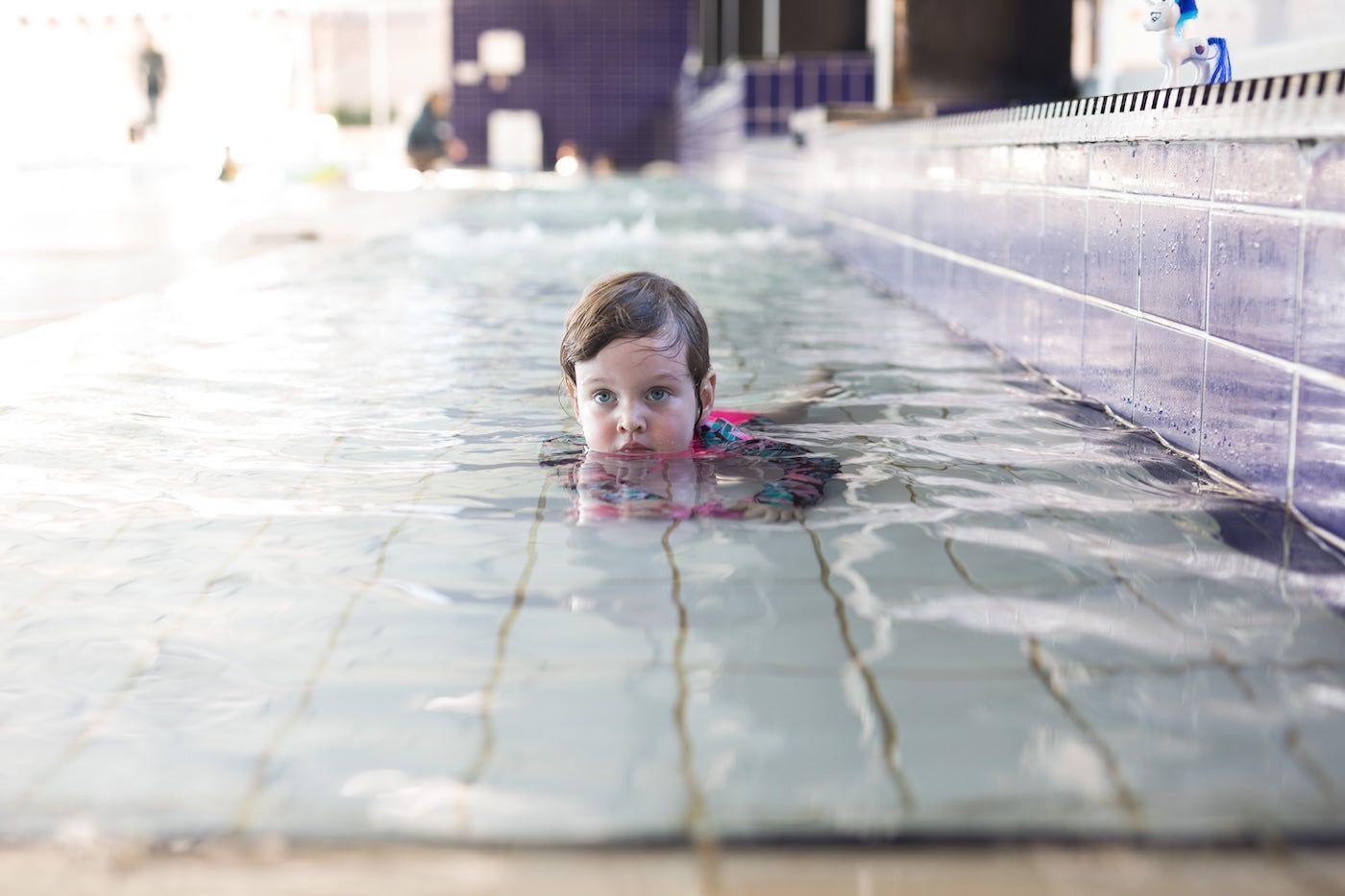PARENTS
The Truth About “Dry Drowning”
Let’s debunk this misunderstood phenomenon.

Written by
Happiest Baby Staff

SHARE THIS ARTICLE
PARENT PICKS
Bestsellers
PARENTS

Written by
Happiest Baby Staff

SHARE THIS ARTICLE
Bestsellers
If your child has ever had a scary moment in the water—like gulping down water the wrong way—you may have turned to Google afterwards, only to be met with alarming headlines about something called dry drowning. Stories of little ones who seemed totally fine one minute, only to gasp for breath or collapse hours later, can be enough to make any parent panic.
But here’s the truth: “Dry drowning” isn’t a real medical diagnosis. In fact, many experts agree it’s time to ditch the term altogether. Here’s what parents really need to know about this widely misunderstood phenomenon—plus how to keep your child safe in and around water.
The term “dry drowning” is often used in media reports to describe a situation where a child breathes in a small amount of water during a near-drowning incident, then develops serious symptoms hours later—like difficulty breathing or, in extremely rare cases, death. But health experts say this label isn’t accurate or helpful.
For starters, “dry drowning” isn’t recognised by leading medical authorities such as the World Health Organization (WHO), the US Centers for Disease Control and Prevention (CDC), or the American Red Cross. Paediatricians note that the term creates unnecessary confusion and anxiety for families.
Instead of trying to break drowning into types like “dry,” “wet,” or “secondary,” experts agree that drowning should be viewed as a process—not a single event. That process starts when someone experiences breathing trouble after being submerged in water. It might resolve quickly, require medical treatment, or become fatal. But all of it falls under the same umbrella.
Short answer: it’s not. While “dry drowning” sounds like it might be something distinct, it’s really just part of the broader drowning spectrum.
In very rare cases, someone might struggle to breathe after inhaling even a small amount of water—but this still counts as drowning. Symptoms may show up straight away or develop over several hours, which is why some people call it “delayed drowning.” Again, neither term is medically recognised, and using them can be misleading.
Since “dry drowning” and “secondary drowning” aren’t medically accepted terms, it helps to understand how drowning is actually classified by healthcare professionals.
In clinical settings, drowning is defined as “the process of experiencing respiratory impairment from submersion or immersion in liquid.” That means any time liquid gets into the airway and interferes with breathing, it’s considered drowning—whether it’s a big gulp or just a splash.
Medical professionals categorise drowning based on the outcome:
No matter how the event plays out, it’s part of the same process. The important thing is how the body responds—and how quickly help is provided when needed.
Drowning is one of the leading causes of unintentional injury death among children aged 1 to 4—but cases of delayed or so-called “dry” drowning are incredibly rare. While it's crucial to stay alert around water, the idea of a child being completely fine and then suddenly facing life-threatening symptoms hours later is highly unlikely.
The thought of a child becoming seriously unwell hours after swimming is a parent’s nightmare. Thankfully, delayed symptoms after a near-drowning event are extremely rare.
When they do occur, these are the signs to watch for:
If your child shows any of these symptoms after swimming—especially if they had a moment of distress in the water—it’s best to contact your GP or head to a hospital straight away.
Most children who swallow water or have a little scare while swimming bounce back without issue. But call your GP or take your child to A&E if they:
These could be signs of serious breathing trouble and should be checked urgently.
Since all types of drowning—including those referred to as “dry drowning”—involve water getting into the airway, prevention is key. Here are a few expert-backed ways to help protect your little one:
If your child shows signs of breathing difficulty after being in water, they need to be assessed by a healthcare provider right away. Treatment might include:
The good news? When symptoms are caught early and treated promptly, most children make a full recovery.
“Dry drowning” may grab headlines, but it’s not a helpful or scientifically valid term. The real message for parents? While drowning is a real risk for children, it’s one that can be largely prevented. With a few simple precautions—and a watchful eye—you can help your child enjoy safe, splashy fun in the sun.
***
REFERENCES
Disclaimer: The information on our site is NOT medical advice for any specific person or condition. It is only meant as general information. If you have any medical questions and concerns about your child or yourself, please contact your health provider. Breastmilk is the best source of nutrition for babies. It is important that, in preparation for and during breastfeeding, mothers eat a healthy, balanced diet. Combined breast- and bottle-feeding in the first weeks of life may reduce the supply of a mother's breastmilk and reversing the decision not to breastfeed is difficult. If you do decide to use infant formula, you should follow instructions carefully.